Tony Sinclair arrived in the Serengeti in 1965, looking to study the wildlife. In the decades that followed, his work revealed the ecological rules that govern this majestic place and most other ecosystems on Earth.
Features
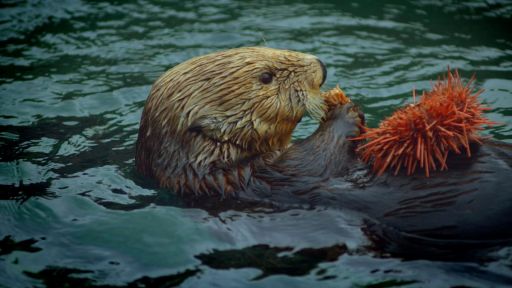

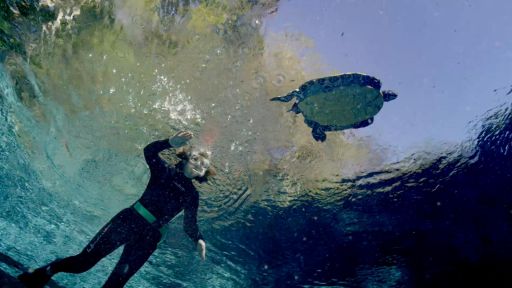
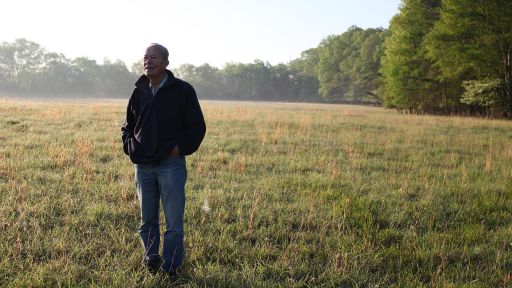
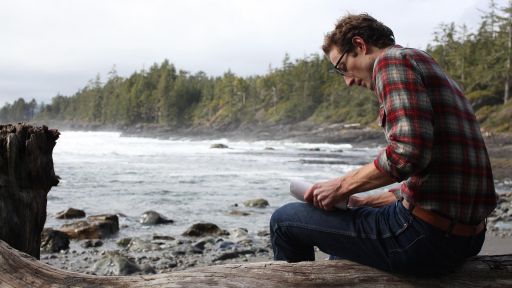
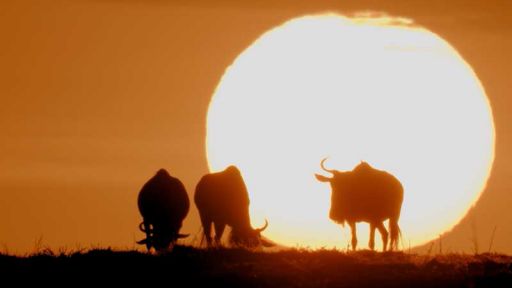

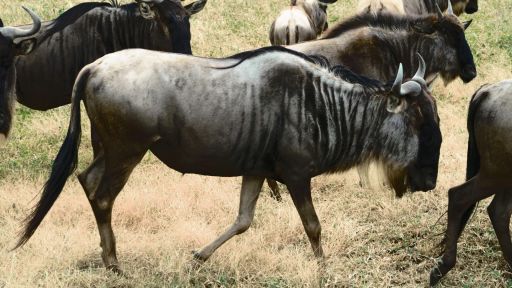

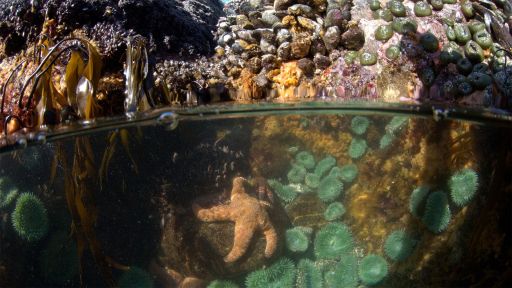
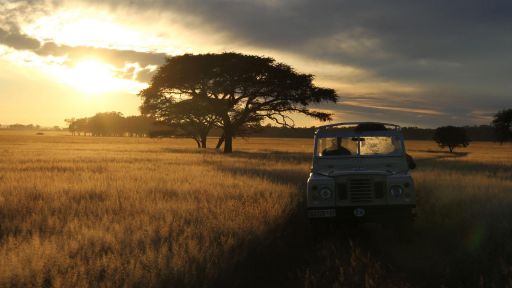
(engine roaring) ♪ (birds chiming) TONY: In 1965, the Serengeti was not well-known There were hardly any tourists.
I remember quite distinctly that very first day.
(engine sound) I just arrived, I was only a student, I was 21.
They weren't actually expecting me.
I actually had no food or water.
And one of the contractors took pity on me-- (whispers thank you) And gave me some of his food.
(thunder crashing) (dog barking) I heard the sounds of the night for the first time.
Hyenas calling, (hyena screaming) buffalos bellowing. (buffalo bellowing) I didn't know anything about buffalos except that I'd heard they were extremely dangerous.
So I had to be very careful because I thought they would come and get me.
So there were all this kind of strange feelings.
(engine noise) Next day, I was picked up.
We went on a three-day tour.
It was just too good to be true.
I was just overwhelmed with looking at these herds of wildebeest and zebras, gazelles.
The other scientist turned to me and said, 'Would you like to study buffalo?'
I said, 'Of course, I'll study anything.'
That was the eureka moment of my future.
When I found the place where I could indulge my passion.
♪
